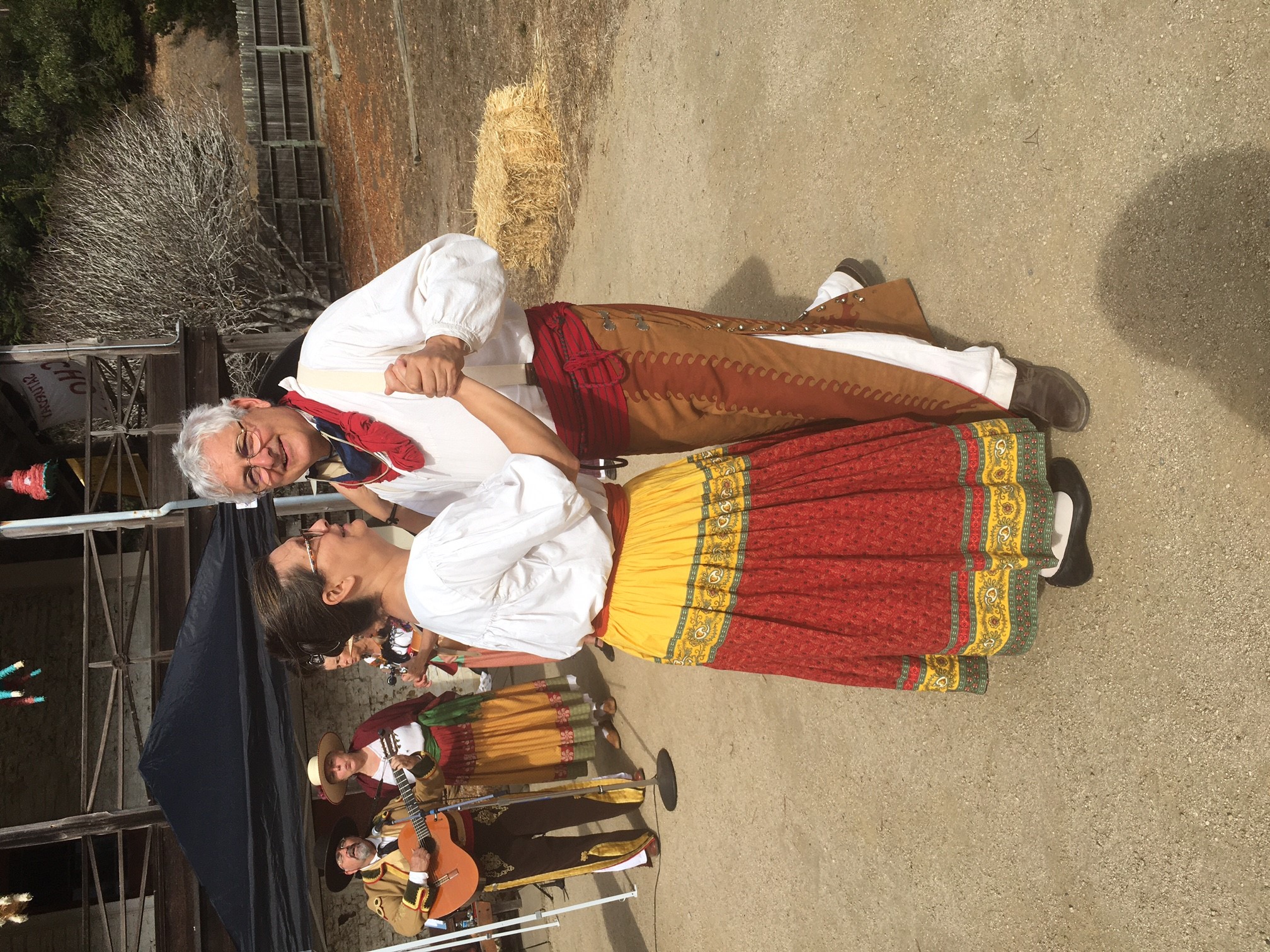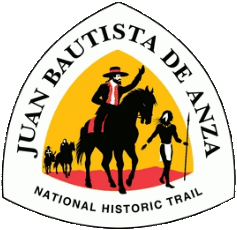News: The Anza Trail and 21st Century Social Justice

November 12, 2021
Many of the folks who enjoy the sights and the sites along the Anza trail are well-versed in the well-documented history of southwestern North America, which spans at least the 18th to 21st centuries. It’s hard to fathom sometimes, but the events of the late 18th century resonate with, and affect, things here in the 21st. It’s a bit like the ripples in a pond when you throw a stone in; the waves radiate out from that single event and carry on for some distance. We find ourselves now, in the latter century, in a time of intense debate and discussions about race, social justice, and how history has portrayed various groups of Americans through the centuries. This is been a long time coming, but of course was brought to a head by the murder of George Floyd on May 25, 2020 by a police officer in Minneapolis, Minnesota. This led, among other things, to nation-wide demonstrations, protests and a reconsideration of how public art (e.g. statues and markers) can perpetuate racial stereotypes and effect economic opportunities today for African Americans, Hispanic Americans, Latinx, Indigenous groups and many others. Many monuments and markers in the South, and throughout the country, have been removed or replaced with this in mind, and in the name of racial equity. Those events, and the discussions surrounding them, however worthy, are beyond the scope of this post.
The subsequent social movement across the U.S. intersected with prior efforts out here in the west, spearheaded by several Native American tribes, bands and family groups, to re-interpret and better present the early Spanish colonial history of California, Arizona and New Mexico [1]. This led to the removal of several Father (officially, Saint) Junípero Serra statues, as well as El Camino Real bells in Santa Cruz, and acts of destruction and vandalism (including other actions that were considered criminal). All this takes place during a time when many cannot safely or easily gather in person to discuss things, or to participate in the time-honored processes of inquiry, discourse and democracy. Of course, I’m referring to the ramifications of the pandemic (COVID-19) regarding public meetings, events and gatherings.
So what can you do to inform people about current events related to these topics, as they connect to the Anza trail, and how can you get involved to inform and educate people about topics connected to the trail? At the very least, it should be realized that this blog is your place where you can inform readers of what you are seeing, hearing and learning in, and from, your community. You are the eyes and ears for all who read this publication. You can certainly submit articles and share stories relevant to those discussions and actions that connected to the trail and our shared heritage. You can provide your thoughts and your favorite references and sources of information that can be used when the general public, members of the media, policy-makers and teachers consider history during the times when the members of the Anza expedition lived and breathed. You can share this, and Anza trail-related news.
There are many questions you can explore. For example, where can those interested go to learn more about how Indigenous Peoples and Native Americans in California, Arizona and New Mexico were treated in 1776, 1836 or 1852? What were the official policies and norms during these times, what can be said with confidence and, conversely, what is not known? To start things off, I can tell you about couple of online resources that I often use. The first is available from Media Cloud [2], which is a consortium research project across multiple institutions, including the University of Massachusetts Amherst, Northeastern University, and the Berkman Klein Center for Internet & Society at Harvard University. You can use the free Explorer platform found at the site [2] to create an instant analysis of how digital news media covers your topic of interest. You can see attention to the issue, the language used, and the people and places mentioned. For example, I entered the words, “Junipero Serra.” You can put coupled terms in quotes, or use Boolean operators (AND, OR, NOT) to refine your search.
JSTOR, in contrast, is a search engine that provides access to more than 12 million academic journal articles, books, and primary sources in 75 disciplines [3]. This can help you explore a wide range of scholarly content through a powerful research and teaching platform. For example, I wanted to know more about the Black Legend (Leyenda negra en española). I was not disappointed. Lastly, there are resources and links that are listed on the Los Californianos website [4]. While none of these sites are officially endorsed by the NPS, they are a good place to start. Whatever the sources you use, you can share them, and your findings, with the community.
References:
[1] Indigenous peoples echo Black Lives Matter’s call for justice, PBS Newshour, Oct. 12, 2020, https://www.pbs.org/newshour/show/indigenous-peoples-echo-black-lives-matters-call-for-justice ,
accessed Oct. 12, 2021.
[2] Media Cloud, https://mediacloud.org , accessed Oct. 1, 2021.
[3] JSTOR, https://www.jstor.org , accessed Oct. 1, 2021.
[4] Los Californianos website, https://loscalifornianos.org/ , accessed Oct. 21, 2021.
About the Author: Greg Bernal-Mendoza Smestad, Ph.D., is a Californio descendant and author of the Anza Trail Guide. A version of a portion of this post appeared as an article in Noticias para Los Californianos, Vol. 53, No. 4, 2021, URL: https://loscalifornianos.org/, accessed Oct. 1, 2021. His last post, on Juana Briones, can be found in Noticias de Anza, Vol. 59, April 2014, URL here: http://www.npshistory.com/publications/juba/newsletter/59.pdf (accessed Oct. 21, 2021).

